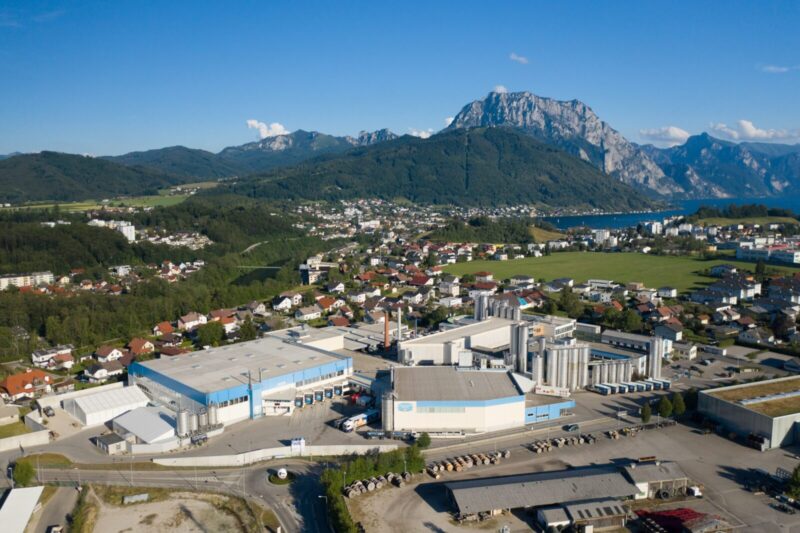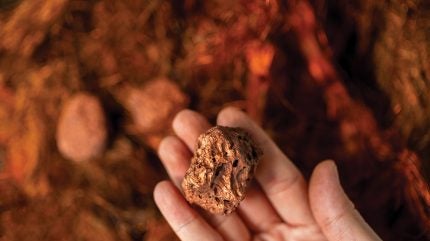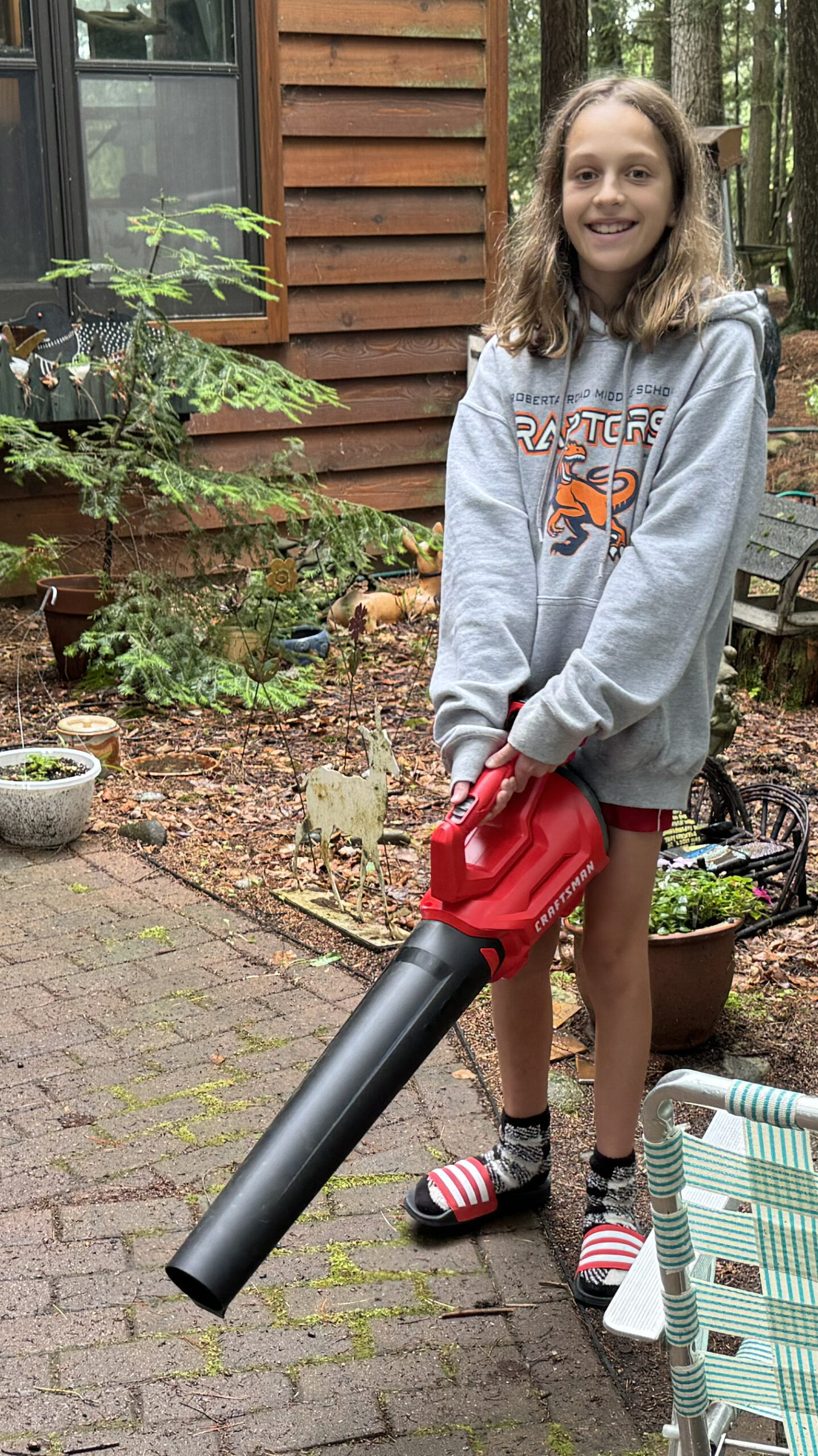Sign up for daily news updates from CleanTechnica on email. Or follow us on Google News!
- The NEFI research project CASCADE is developing concepts for supplying two municipalities and two industrial enterprises in Austria with geothermal heat
- The cascaded use of geothermal heat creates valuable synergies, allowing entire regions to be supplied with locally available, renewable heat
The NEFI project CASCADE, which runs for the next two years, to the end of 2025, is investigating the potential to apply the innovative method of cascaded heat use to exploit geothermal heat in industry, trade and residential buildings, in the municipalities of Steyr, Gmunden and St. Martin im Mühlkreis. This technique allows the thermal energy to be used not just once but repeatedly, in a series of stages or ‘cascades’ as the temperature decreases, and for a variety of purposes including industrial process heat and building heating. This ensures better overall heat utilisation while simultaneously reducing energy consumption. The high levels of energy required by industry, trade and households is a major obstacle to achieving the climate targets. As a sustainable form of energy generation, geothermal energy has the potential to cover part of this energy demand.

Edith Haslinger, Project Manager for CASCADE at the AIT Austrian Institute of Technology: “For the first time, the NEFI project CASCADE demonstrates the significant potential for local, decarbonized heat supply using geothermal energy, as shown in three use cases in Upper Austria. Cascading heat use exploits the full potential of geothermal resources, by supplying industrial plants with high-temperature geothermal heat and subsequently reusing the residual heat in low-temperature heating and cooling networks for residential and commercial use.”
Wolfgang Hribernik, NEFI Network Coordinator and Head of the Center for Energy at the AIT Austrian Institute of Technology: “The CASCADE research project is very important for Upper Austria as a business location. It provides a template for municipalities and businesses to use geothermal resources and avoid reliance on external fossil energy sources. Furthermore, geothermal energy is a locally available and sustainable energy source, and as such has the potential to significantly help reduce carbon emissions.”
Industrial use of geothermal energy in the Gmundner Dairy
Processing milk in large dairies requires a lot of energy to heat and cool the dairy products. Using geothermal energy creates a win-win situation, benefitting both the production process at the Gmundner Dairy as well as heat supply for the town. The CASCADE project uses geothermal energy to supply the dairy production facilities, with the heat subsequently cascaded down into the Gmunden heating network. Stefan Krapf, Mayor of Gmunden, adds: “Gmunden is fully engaged in the CASCADE project. It currently appears that there is considerable thermal potential below ground, and this should be used! The CASCADE project is designed to help Gmunden’s businesses and households, as well as our public buildings, establish this attractive and climate-friendly heat supply system. As a municipality, we want to play an active role in shaping our renewable heating future. As mayor, I am pleased that all the political parties represented on the municipal council are united behind this project.”
Integrating geothermal energy into the Steyr heating network
Steyr, Upper Austria’s third-largest town, is striving to establish a sustainable heat supply. For that reason, the project focus in Steyr lies in integrating geothermal energy into the heating network, with the special challenge of supplying the town’s cherished historic buildings. “As a political representative in Steyr, I am very happy about the CASCADE project,” says Katrin Auer, Steyr Municipal Councillor. “Using geothermal energy for industry and for district heating would have extremely positive effects, especially in an industrial town like Steyr. We want to be climate neutral by 2040, and geothermal energy can play an important role here.”
Using geothermal energy to brew beer in St. Martin im Mühlkreis
Breweries are one of the most energy-intensive branches of the food industry and largely reliant on fossil sources of energy. At the Hofstetten brewery in St. Martin im Mühlkreis, the research project is focusing on converting the energy-intensive brewing process to the use of geothermal energy, together with other energy efficiency measures. “For a small, privately run company such as the Hofstetten brewery, energy supply is a significant factor. In 2016, for example, we built a new, efficient brewhouse that uses heat recovery to reduce its primary energy consumption by 50 percent,” explains Peter Krammer, owner of the Hofstetten brewery. “We plan to switch to climate-friendly process heat in the next few years, to become even more efficient and sustainable. The CASCADE project is demonstrating how geothermal energy offers new options for sustainable energy supply.”
Project partners
The CASCADE consortium led by the AIT Austrian Institute of Technology brings together partners from different areas such as research, municipalities, planning and industry: RED Drilling & Services, RAG Austria AG, SIRIUS-ES Handels GmbH, Municipality of Steyr, Montanuniversität Leoben (Chair of Energy Network Technology), Gmundner Molkerei GmbH, Energie AG, Brauerei Hofstetten Krammer GmbH & Co KG, Municipality of Gmunden. The NEFI project receives funding from the Climate and Energy Fund under the Energy Model Region initiative financed by the Federal Ministry for Climate Action, Environment, Energy, Mobility, Innovation and Technology (BMK).
More information about the project: https://www.nefi.at/en/project/cascade
About NEFI: NEFI – New Energy for Industry is an Energy Model Region and follows the approach of using key technologies “Made in Austria” to decarbonize industrial energy systems. The NEFI innovation network formed around a consortium of the AIT Austrian Institute of Technology, Montanuniversität Leoben, OÖ Energiesparverband (regional energy agency of Upper Austria), and Business Upper Austria. It brings together extensive experience in energy research and project implementation. The NEFI innovation network receives substantial support from the governments of the industrially strong federal provinces of Upper Austria and Styria. The consortium is continually growing. It currently comprises over 120 companies, research institutions and public institutions and carries out 24 projects designed to develop technological and systemic solutions needed to effect the energy transition in industry. The Climate and Energy Fund is supporting the NEFI projects with a total of EUR 30.2 million, financed by the Federal Ministry for Climate Action, Environment, Energy, Mobility, Innovation and Technology (BMK). www.nefi.at
Press release and photos via email courtesy of AIT Austrian Institute of Technology.
Have a tip for CleanTechnica? Want to advertise? Want to suggest a guest for our CleanTech Talk podcast? Contact us here.
Latest CleanTechnica TV Video
I don’t like paywalls. You don’t like paywalls. Who likes paywalls? Here at CleanTechnica, we implemented a limited paywall for a while, but it always felt wrong — and it was always tough to decide what we should put behind there. In theory, your most exclusive and best content goes behind a paywall. But then fewer people read it!! So, we’ve decided to completely nix paywalls here at CleanTechnica. But…
Thank you!
CleanTechnica uses affiliate links. See our policy here.




